Socio-economic & Preventive Health Education Programme, Supported By: The BILANCE The Nederlands (Now Cord-Aid)
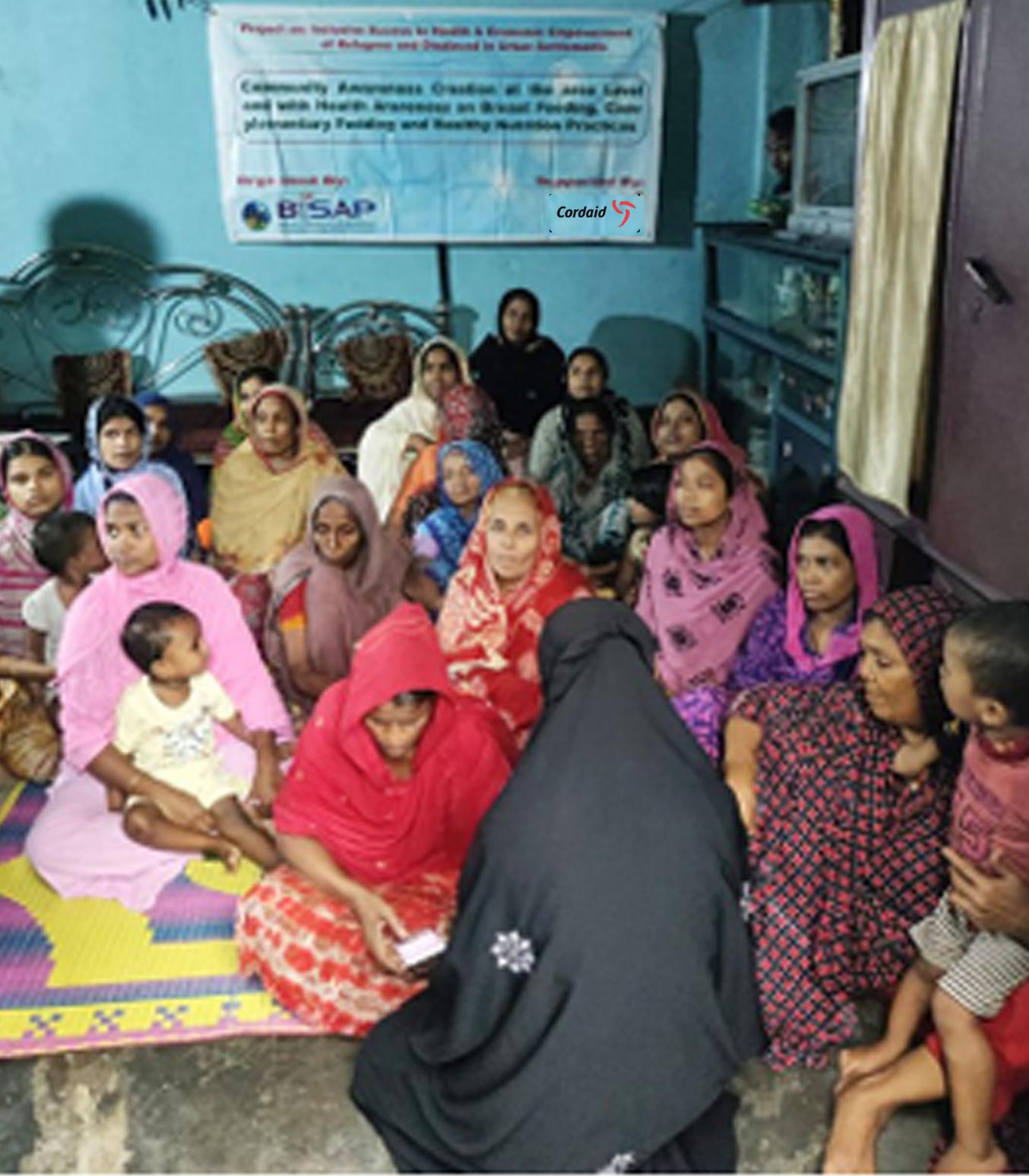
Poverty and hunger remain persistent challenges in rural Bangladesh, disproportionately affecting women and marginalized communities. In response to these pressing issues, BISAP launched the Project on “Women Empowerment for Poverty and Hunger Alleviation” project in collaboration with the The BILANCE The Nederlands (Now Cord-Aid) with the overarching aim of equipping underprivileged women with the tools, knowledge, and support systems necessary to build sustainable livelihoods, ensure food security, and enhance social standing.

This initiative, implemented across 13 villages under two unions in one Upazilla of the Chittagong district from 2000-2002, which was focused on foundational empowerment and group formation, builds upon that progress, deepening capacity, enhancing group solidarity, and catalyzing community-driven transformation.
Key interventions of the project:
- Group Formation and Social Bonding: 75 women’s groups were formed and functioned as participatory platforms. These groups provided mutual support, nurtured solidarity, and fostered leadership development among marginalized women.
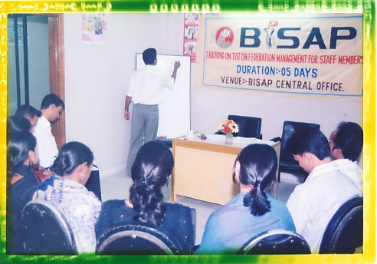
- Training and Capacity Building: Members received hands-on training on small business development, homestead gardening, health and hygiene, nutrition, and gender equity. These sessions enhanced their decision-making capacity and self-confidence.
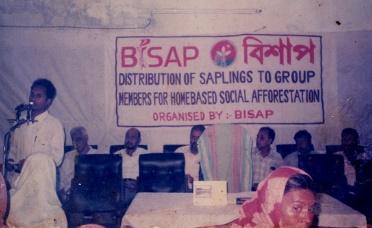
- Social Forestry Program: Under this component, members were engaged in tree plantation and community-based afforestation, contributing to environmental conservation and income through the sale of wood and fruits.
- Rights and Awareness Building: Group discussions and workshops were conducted on women’s rights, domestic violence prevention, child rights, and accessing local government services. This helped women become aware of their legal rights and how to seek justice.
- Poultry Demonstration farm for Benificiaries:
Poultry demonstration farm that was the important component of this programme for supplementary income & motivating community people through demonstration towards undertaking poultry farm for meat, egg & money, are being implemented properly.

BISAP established total 1000 layer chicken are being reared, whereby the component is going to be popularized in the front of the community people and the organized group members. Simultaneously, regular income source is being also created.
As a result of the project achieved significant milestones in building women’s confidence, creating platforms for self-help, and initiating economic activities that provided supplemental income for families. Women reported increased household decision-making power and greater mobility in public spaces.
Consolidating Progress and Deepening Impact
Building on the momentum was launched in the same operational area with the following overarching objectives:
- Strengthen and institutionalize the progress made during project period
- Enhance the knowledge base and socio-economic capacity of the 1500 group members
- Reinforce group solidarity and women-led development initiatives
- Facilitate increased access to local resources and services
Core Activities:
1. Capacity Strengthening and Skills Development
Women were provided with advanced training sessions tailored to their specific needs and business ambitions. The training modules covered:
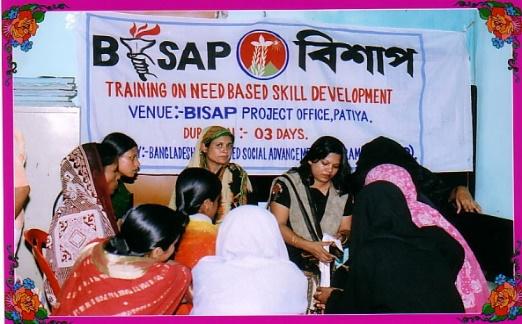
- Leadership and organizational development
- Financial literacy and business management
- Technical training on agro-based and non-farm livelihoods (e.g., dairy, goat rearing, food processing)
- Market linkage and entrepreneurship development.
2. Strengthening Group Dynamics and Self-Governance
To ensure long-term sustainability, each group was supported in formalizing internal governance structures with elected executive committees. These groups established regular meeting schedules, maintained records of savings and credits, and designed action plans for income generation and collective problem-solving.
3. Group Fund Mobilization and Savings Culture
A strong emphasis was placed on building a savings habit among the group members. Regular savings contributions were encouraged, and internal savings were used for micro-loans within the group. This created a sense of ownership and self-reliance, reducing dependence on external grants.
4. Participatory Community Mapping and Resource Linkage
Participatory rural appraisal (PRA) tools were utilized to identify local resources and opportunities. The project facilitated dialogue between the women’s groups and local Union Parishad, agricultural extension officers, and health service providers. As a result, group members could better access government services such as agriculture inputs, training, and social safety nets (e.g., widow allowances, health cards).
5. Women’s Rights and Social Advocacy

Through community meetings and street theatre, women were empowered to raise their voices against gender-based violence, early marriage, and dowry. They engaged with school teachers, religious leaders, and local government representatives to promote gender equality and child protection.
6. Experience Sharing and Learning Exchanges
Exposure visits were organized for group leaders to visit successful women-led enterprises and cooperatives in neighboring districts. These visits inspired new ideas and fostered a sense of community learning. Group members also participated in union-level women’s fairs where they showcased and sold their products.

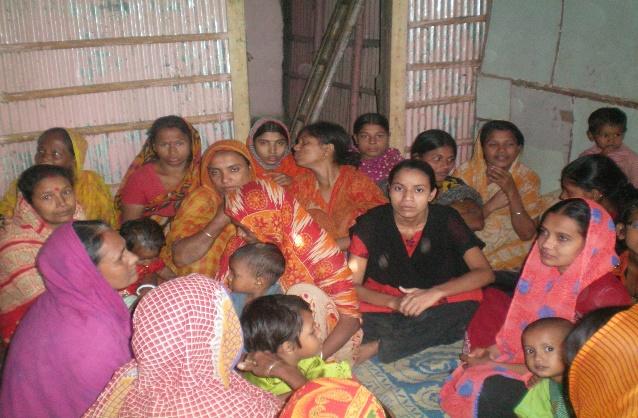
7. Monitoring, Evaluation, and Learning (MEL)
A participatory monitoring framework was employed, involving group leaders in data collection and periodic progress reviews. Regular feedback loops allowed for responsive program adjustments. Success stories were documented and shared to encourage replication and scaling.
Key Outcomes and Impact
The Women Empowerment for Poverty and Hunger Alleviation Project has yielded tangible and transformative outcomes in both socio-economic and psycho-social dimensions. Among the most notable impacts are:
- Increased average monthly income among participants through social business 30-50%
- 40% of group members continued to start their own entrepreneurship & resource mobilization.
- 50% of participants reported increased skilled and able to mobilizing local resources and self-confidence
- Enhanced participation of women in community decision-making and establishing their due right in the society.
- Reduced dependence on moneylenders due to internal group financing
- Women began acting as change agents in their communities, advocating for girls’ education, violence prevention, and social cohesion.
Moreover, the environmental aspect of the social forestry initiative contributed to greener village landscapes and supplemental incomes from fruits and saplings.
Sustainability and Way Forward
Sustainability has been embedded in the design of the project through group ownership, own business, and skills development. BISAP has developed a phase-out strategy in consultation with the groups, ensuring they have the capacity to manage their operations autonomously. Group federations at the union level are being established to facilitate advocacy and mutual support.
Moving forward, BISAP aims to support the transition of these women’s groups into formal cooperatives or social enterprises, allowing access to larger financial services and national markets. Partnerships with private sector actors will also be explored to expand marketing opportunities for women entrepreneurs.
Conclusion
Socio-economic & Preventive Health Education Programme, Supported By: The BILANCE The Nederlands (Now Cord-Aid) represents a successful model of grass roots development driven by community ownership, participatory learning, and gender equity, Skilled development. Through organized group efforts, capacity building, resource mobilization, entrepreneurship development and access to economic resources, 1500 women from the most marginalized backgrounds have moved towards a future of dignity, independence, and self-resilience.
This initiative stands as a testament to the power of inclusive development and the transformative potential of investing in women. With continued support and strategic linkages, the legacy of this project will extend far beyond its operational period, inspiring similar interventions across other regions of Bangladesh and beyond.
